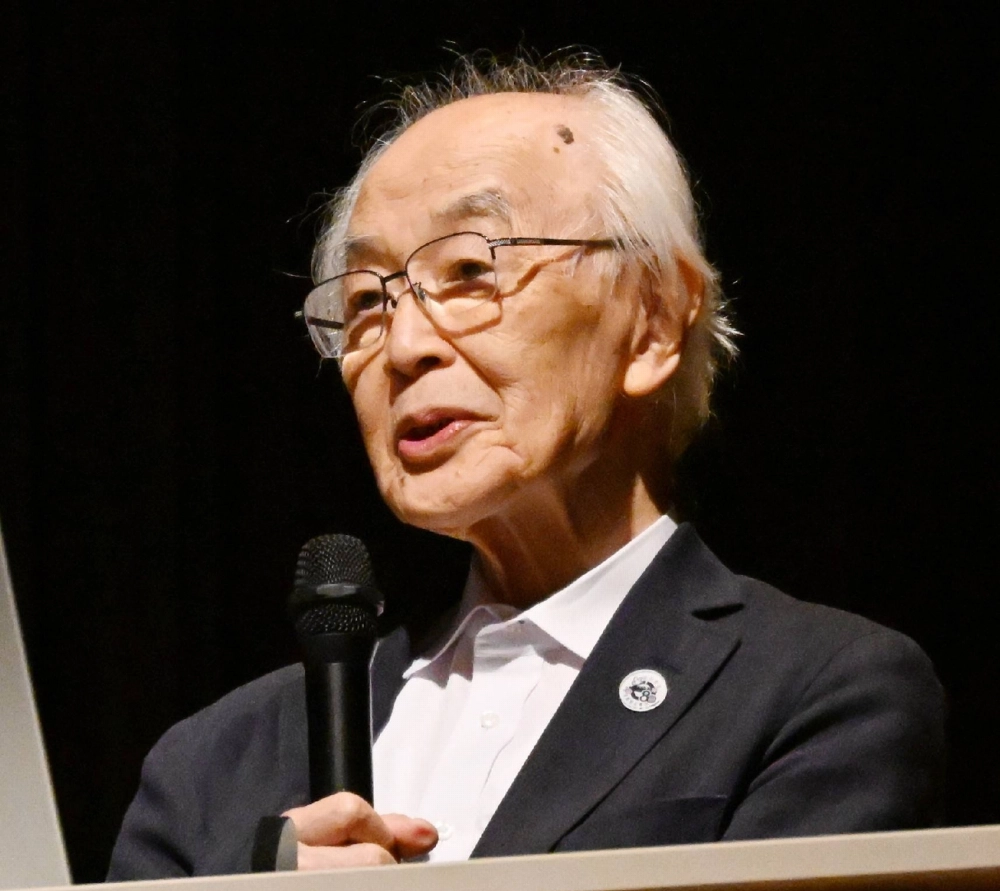A local volunteer guide in Hiroshima Prefecture is working to pass down the stories of two tragedies — a U.S. atomic bombing and a massive typhoon — that struck the prefecture in quick succession 80 years ago.
"I hope to provide an opportunity for people to think about disaster prevention and peace," the guide in the city of Hatsukaichi said.
Toward the end of World War II — just a month after Hiroshima was devastated by an atomic bomb dropped by the United States on Aug. 6, 1945 — Typhoon Ida, better known in Japan as Typhoon Makurazaki, hit the country. The typhoon is regarded as one of three biggest to hit Japan during the Showa Era (1926-89).


















With your current subscription plan you can comment on stories. However, before writing your first comment, please create a display name in the Profile section of your subscriber account page.